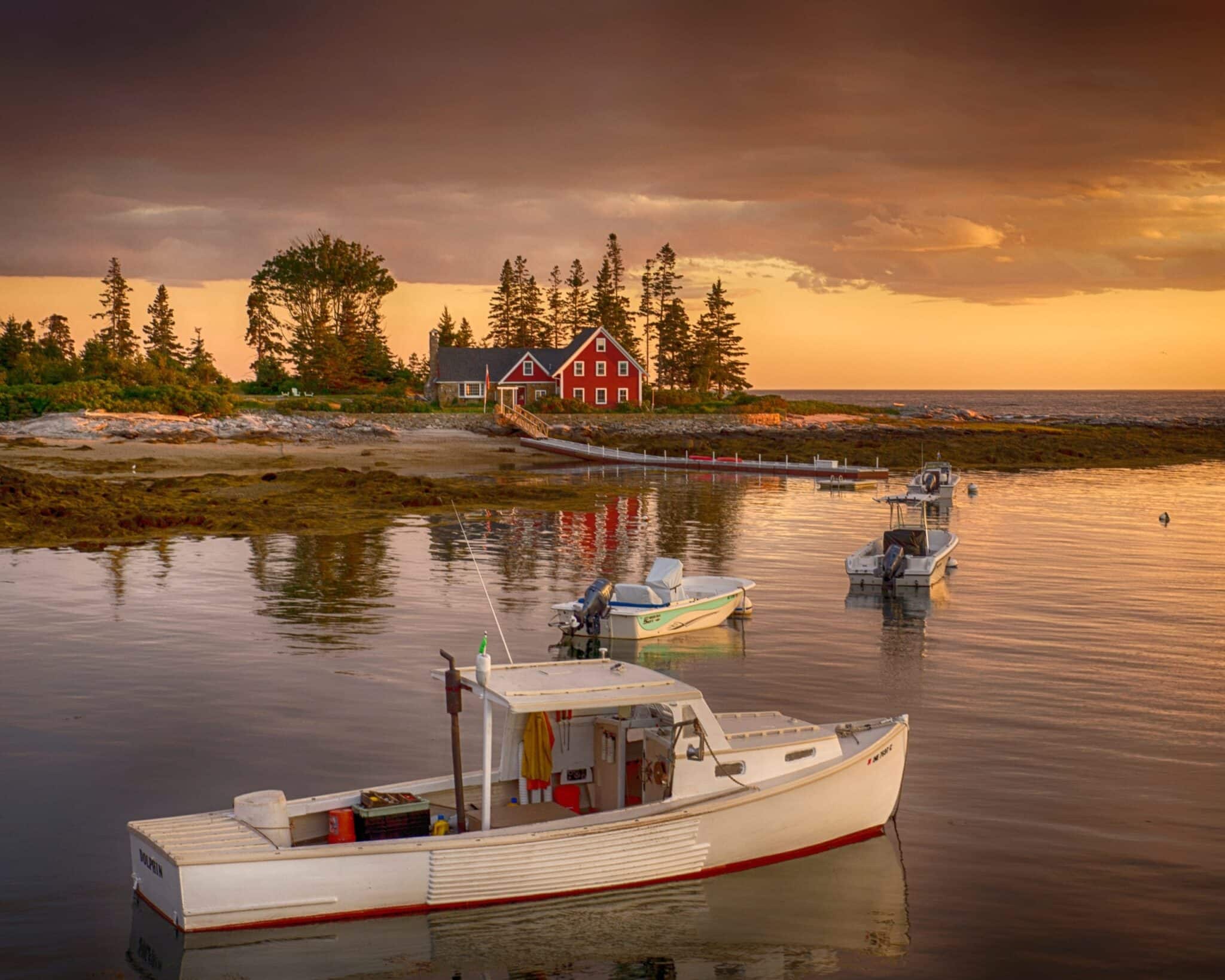
Seafood sustainability is at the heart of the Maine lobster industry. As part of an immense and complex global supply chain, Maine lobstermen still drop their traps by hand, one at a time. The age-old method of harvesting lobster is not only a sustainable practice but is emblematic of how far ahead of the curve the industry in Maine is.
Protecting Maine’s Lobster Population for the Future
Maine lobstermen realized long ago that unregulated harvesting would destroy their livelihood. As early as 1872, they began protecting the resource to ensure the livelihood of future generations. In an age of overfishing and climate challenges, the Maine lobster industry continues to promote and practice sustainability measures to protect and maintain a healthy population. From the harvest through preparation, sustainability has ensured that the Maine lobster population thrives.
Sustainable seafood practices are important in our food supply, health, economy, and environment. Standards of sustainability by national, regional, and state agencies scientifically monitor species, manage populations, and legally enforce regulations to protect fisheries. Whether wild-caught or in marine-farmed facilities, seafood sustainability means maintaining a clean, healthy ocean environment to ensure that a species’s long-term reproduction continually exceeds the harvest. Doing so is part of a greater plan to ensure the livelihoods of those employed in fishery industries and those dependent economies, businesses, and communities—locally, regionally, and worldwide.
Seafood Sustainability and Maine’s Lobster Industry
Rules, regulations, and common goals guide the Maine lobster industry. Above all, a deep-rooted, generations-old honor system has been the key to sustaining a healthy lobster population in the Gulf of Maine. The industry is more of a collection of small, family-owned businesses that rely on a code of ethics and self-enforcement that dates back to the nineteenth century. As a family industry, entire livelihoods, and the communities they live, in depend on a thriving, healthy lobster population. The success of the business is dependent on protecting the resource. Sustainability is a shared vision and long-term strategy for current and future generations.
Identifying Female Lobsters
Sustainability practices begin at sea. The first step is tail notching of female lobsters. All female lobsters with visible eggs are protected and cannot be harvested. Before being released, a lobsterman will notch the female’s tail to identify her as a breeder. That notch protects her from being harvested for life.
Size Limits
Size limits are another sustainability measure to ensure a healthy lobster population in Maine. The size limit is determined by measuring a lobster’s carapace. The minimum length of carapace that a lobster can be harvested is 3¼ inches. The maximum length is 5 inches. The restricted size limits ensure a healthy, sustainable population. Releasing juvenile lobsters allows them to grow to maturity and reproduce. Older lobsters grown beyond 5 inches are protected from perpetuating a healthy breeding stock.
Trapping and Harvesting
Harvesting methods and trap limits also support sustainability. Trapping is the only legal way to catch lobsters. Bottom dragging or diving is not allowed. Lobster traps are designed to catch only 3¼ inch to 5-inch in-range sized lobsters. All traps come with escape vents for undersized juvenile lobsters. Lobster traps also have biodegradable hatches for lobsters to escape through if a line is severed and a trap is lost. Maine also has a statewide trap limit with individual lobstering zones that assign their trap limits.
Efficiency
The next step in sustainability is the ease and efficiency of moving the lobster catch from the boats to local wholesale markets. Most wholesalers are situated on the waterfront, which makes delivery seamless. Lobsters are purchased directly off the boats daily. They are then placed in saltwater holding tanks until orders can be fulfilled—restaurants, grocers, food processing plants, and global shipments as far away as China. Lobsters processed at a facility can provide consumers with various packaged products.
Know Your Lobstermen, Know Your Lobster
To ensure freshness, processing facilities will place orders daily through wholesalers or arrange to purchase large orders through cooperatives. This allows processors to trace back their supplies to a sustainable resource. They can validate where and when the lobster was caught, ensuring the resource is sustainably managed.
The Maine lobster industry recognizes that a thriving ocean ecosystem is vital for the industry’s health. Sustainable seafood practices begin with Maine lobstermen and end with consumers supporting sustainable efforts. Consumers can make a big difference in buying sustainably harvested Maine lobster. Doing so helps to replenish oceans, manage and protect resources into the future, and keeps the Maine lobster industry ahead of the curve.
If you wonder, “Where can I buy Maine lobster?” look no further than Klenda Seafood. We have you covered! To buy live lobster from Portland, Maine, order from Klenda Seafood and get it shipped directly to your door. We also offer curbside pick-up at our South Portland location if you live locally – call for details and to place your order over the phone!
